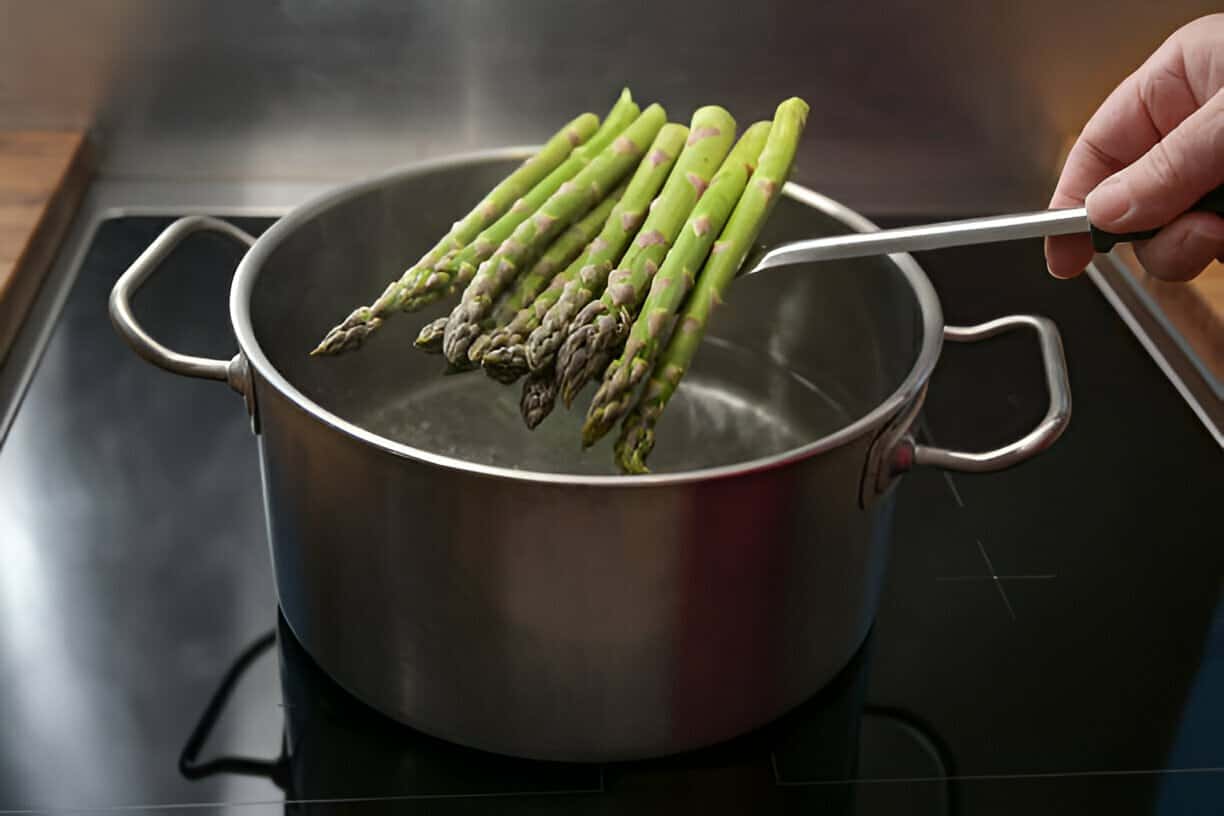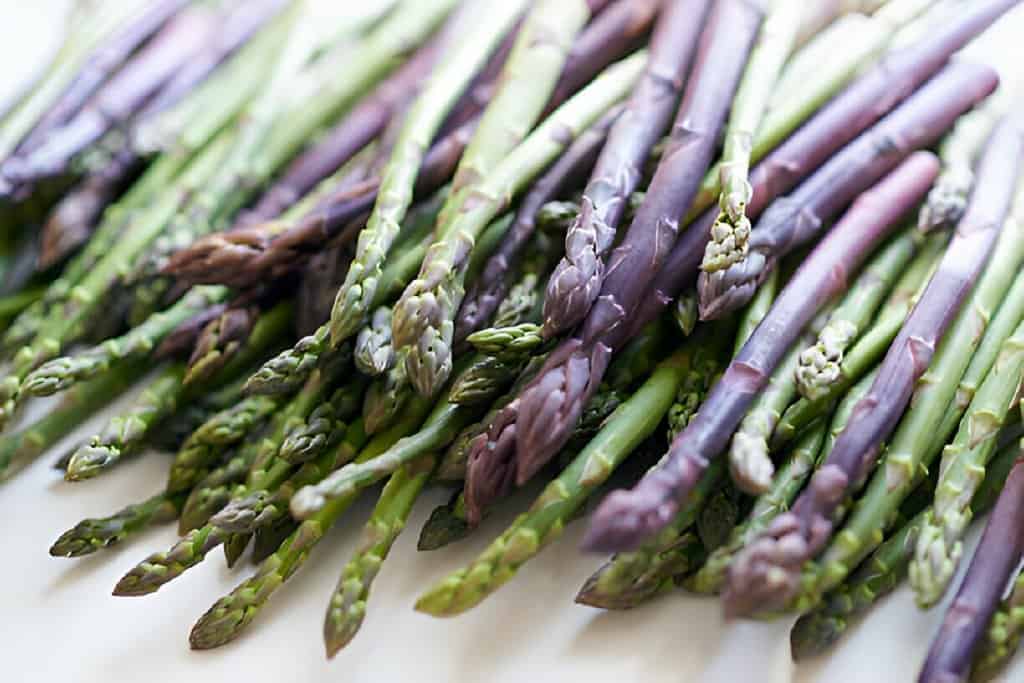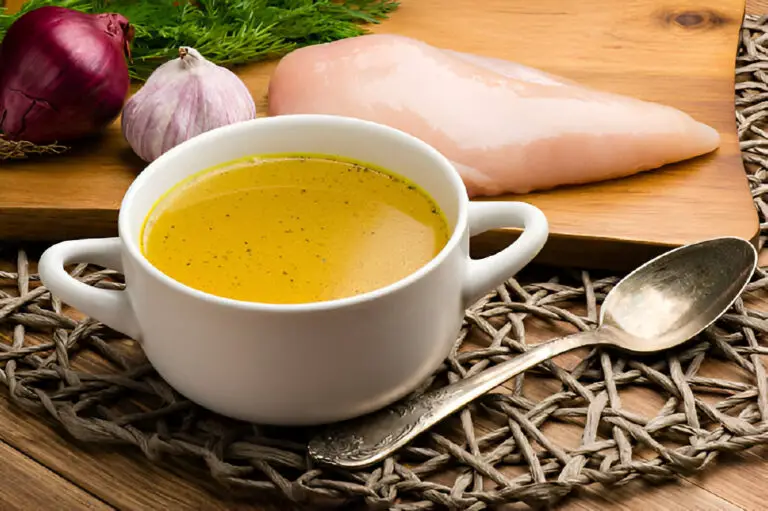How to Cook Asparagus So It’s Not Chewy and Rubbery

Have you ever cooked asparagus only to find it chewy and rubbery? If so, you’re not alone. Many home cooks struggle to achieve that perfect tender-crisp texture. In this article, we’ll explore the best methods to cook asparagus so it’s always delicious and never disappointing.
Cooking asparagus to perfection can be a bit of an art. When cooked correctly, asparagus is tender, flavorful, and slightly crisp. However, it can easily become chewy and rubbery if not handled properly.
By reading this, you’ll learn expert tips and tricks. They will help you transform your asparagus dishes. This will ensure they come out perfectly every time. Say goodbye to lackluster asparagus and hello to vibrant, flavorful spears that will elevate any meal.
Understanding Asparagus
Asparagus is a spring vegetable known for its slender, green stalks and slightly nutty flavor. It’s packed with nutrients, including vitamins A, C, E, and K, as well as fiber and folate. However, the key to making the most of these nutritional benefits is cooking it just right.
Choosing the Right Asparagus

The first step to avoiding chewy asparagus is selecting the right bunch at the store. Look for firm, straight stalks with tightly closed tips. The color should be vibrant green (or purple, depending on the variety). Avoid stalks that are limp or have a woody texture at the base.
Tips for Selecting Asparagus:
- Choose medium-sized stalks for the best texture.
- Check for bright, uniform color.
- Ensure the tips are tightly closed.
Prepping Asparagus
Before you cook asparagus, it needs a bit of preparation. Start by washing the stalks under cold water to remove any dirt. Next, trim the woody ends. You can either snap them off where they naturally break or use a knife to cut off the bottom inch or so.
Steps for Prepping Asparagus:
- Wash thoroughly under cold water.
- Snap or cut off the woody ends.
- Pat dry with a clean towel.
To Peel or Not to Peel?
One common question when preparing asparagus is whether to peel the spears of asparagus before cooking. The decision largely depends on personal preference and the thickness of the spears:
This Spears: Peeling is usually not needed for thin asparagus. They cook quickly and tenderize easily without peeling.
Thick Spears: They especially need peeling at the base. There they can be tough and fibrous. Use a vegetable peeler to peel them lightly. It ensures even cooking and tenderness.
| See also: Do Purple Asparagus Need to Be Peeled? Is It Edible? |
Cooking Methods to Prevent Chewy Asparagus
There are several ways to cook asparagus, each offering a unique texture and flavor. Here are some of the best methods to ensure your asparagus isn’t chewy or rubbery.
1. Blanching
Blanching is a great method to retain the vibrant green color and crisp-tender texture of asparagus. It involves briefly cooking the asparagus in boiling water, then plunging it into ice water to stop the cooking process.
How to Blanch Asparagus:
- Bring a pot of salted water to a boil.
- Add asparagus and cook for 2-4 minutes, depending on thickness.
- Remove and immediately transfer to a bowl of ice water.
- Once cooled, drain and pat dry.
2. Steaming
Steaming is a gentle cooking method that helps retain nutrients and ensures a tender texture. It’s also quick and easy, making it perfect for a busy weeknight.
How to Steam Asparagus:
- Fill a pot with about an inch of water and bring to a simmer.
- Place a steamer basket over the simmering water.
- Add asparagus to the basket, cover, and steam for 4-6 minutes.
- Remove from the steamer and season as desired.
3. Sautéing
Sautéing asparagus in a bit of olive oil or butter adds a wonderful flavor and gives the vegetable a slightly crisp texture. It’s a versatile method that works well with various seasonings and ingredients.
How to Sauté Asparagus:
- Heat a tablespoon of olive oil or butter in a large skillet over medium-high heat.
- Add asparagus and cook for 5-7 minutes, stirring occasionally.
- Season with salt, pepper, and your favorite herbs.
4. Roasting
Roasting asparagus brings out a deep, caramelized flavor. It’s a hands-off method that requires minimal effort but delivers maximum taste.
How to Roast Asparagus:
- Preheat your oven to 400°F (200°C).
- Toss asparagus with olive oil, salt, and pepper.
- Spread in a single layer on a baking sheet.
- Make sure the spears are evenly spaced out to ensure even roasting.
- Roast in the preheated oven for about 15-20 minutes, or until the asparagus is tender and slightly browned.
For an extra touch of flavor, you can sprinkle some grated Parmesan cheese or a squeeze of lemon juice over the roasted asparagus before serving.
Tips for Preventing Asparagus Become Rubbery
Cooking asparagus properly is key to avoiding that dreaded chewy texture. Here are some essential tips to ensure your asparagus turns out tender and delicious:
1. Don’t Overcook the Asparagus
Overcooking is one of the main culprits behind chewy asparagus. Aim to cook it just until it becomes tender-crisp, usually around 4-5 minutes for thinner spears and 5-7 minutes for thicker ones. Keep a close eye on it to prevent it from becoming mushy.
2. Shock in Ice Water After Cooking
After cooking, immediately plunge the asparagus into a bowl of ice water. This shocking method stops cooking. It keeps the vegetable crisp and green. It’s a simple step that makes a big difference in texture.
3. Consider Blanching Before Cooking
Blanching is another effective technique. To blanch, boil the asparagus for 2-3 minutes, then transfer it to ice water. This pre-cooking step ensures the asparagus is tender. You can then cook it your way, by roasting, sautéing, or grilling.






